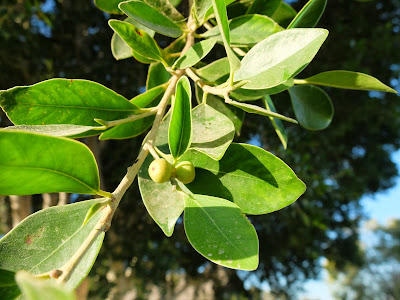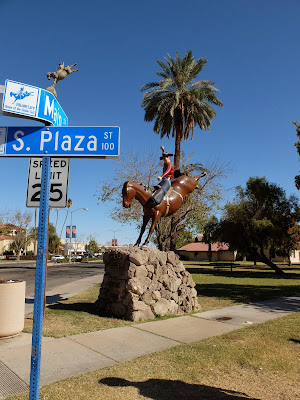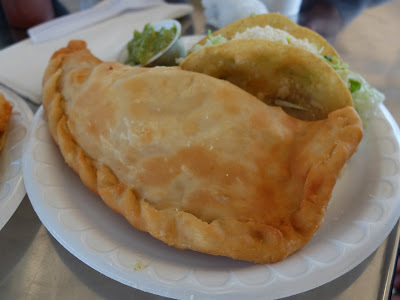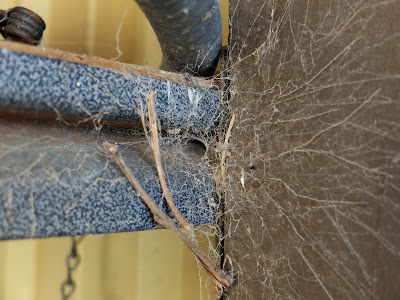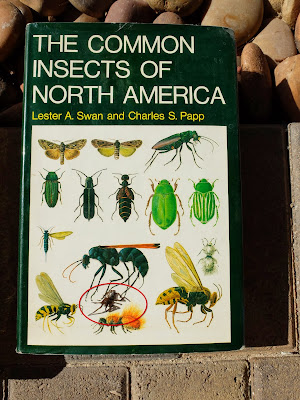Overview
I’ve been stewing over this post for some time because it has been hard for me to wrap my head around how sundials work. I think the modern age has rotted my brain.
We were back in Piemonte in the second half of May this year (2013), and this time we paid special attention to sundials. On a previous trip, Mondovì Sundials (Meridiane e Elementi di Gnomonica), we started to get interested in the sundials that we were seeing and how to read them. In this post, we show twenty sundials and try to delve into how they work. If you are easily confused or, looking for a complete sundial 101 explanation, this isn’t it. However, here are some good references I came across that you might consider:
Twenty Sundials in Piedmont (Piemonte)
The sundials featured in this post are not so much a reflection of towns that have many sundials, rather, the collection of sundials here reflect where we happened to be. That said, almost any town you happen to visit in Piemonte, if you look, will have a few sundials. (In my mind, Piemonte seems to have more sundials than other regions we have visited in Italy. I don’t have facts to back that up.)
All of the sundials (meridiana in Italian) we show here are vertical sundials. Vertical sundials are such that the sun can strike them, all or some part of the year. There can be northern facing sundials, which does make my head spin a little to think about.
Meridiana I
Location: On the path to Santuario di Santa Lucia outside of Villanova Mondovi (location).
Orientation: Faces southeast. Notes: Contains four zodiac signs.
- Capricorn(♑) – the Goat, winter solstice.
- Aries (♈)– the Ram, spring equinox.
- Libra (♎) - the Scales, autumn equinox.
- Cancer (♋) – the Crab, summer solstice.
From The Sundial Primer site I found this interesting: “The names or signs of constellations are used in sundials instead of dates to specify declination lines. Because of the effects of precession over the period of 2,300 years since the constellations were first named, the signs of the zodiac have slipped by a whole sign, i.e. at the vernal equinox (defined as the first point of Aries), the sun is actually in the constellation Pisces.”
Sundial Near Santuario di Santa Lucia

Meridiana II
Location: Briaglia (location)
Orientation: North by northwest approximately.
Saying: Vesperis Aestivis ad Iucunda Convivia Silent Comit… [Pleasant evenng meals during the summer]
Notes: We ate a very nice dinner at Trattatoria Marsupino in this building. We go the pleasant meal part right.
The coordinates of Briaglia are 44.4000° N, 7.8833° E (44 24’ N, 7 53’E). This more or less northern facing dial is unusable from about early November to early February. This date range is what I simuated using using Shadows Pro, a useful program for ceating sundials and simulating shadows on the dial for times throughout the year. To create these images, I created a vertical sundial at the coordinates for Briaglia, with the sundial declination of approximately 158 degrees west. The red line is the summer solstice and the winter solstice is not visible because it’s not useful for this dial.
From the Shadows Pro help “The vertical declining sundial can represent all the states between a vertical direct east dial and a vertical direct west dial, as well as the vertical direct south (north) dial and the northern (southern) dial.” Also applicable to this dial and also from Shadows Pro “A sundial declining towards the North will be lit a litle during the morning and a little during the evening, but not during the day. In Winter, the sundial may not be lit at all.”
This dial, during a small part of the year, is lit during the morning. We did not show that here.
The picture was taken on 5/24/13 at 7:30 pm. I also simulated what the sun dial should be showing (removing daylight savings time) and I get about 6:30 pm. The gnomon shadow is hard to make out in the photo, but it’s just over VI.
Sundial in Briaglia, Italy

Shadows Pro-Created Images of the Sundial in Briaglia. From left to right: Image 1: Summer solstice at 4 pm. Image 2: The day we were there May 24, 2013 at 6:30 pm. (We were on daylights saving time so it was really 7:30 pm.) Image 3: Approximately the last day in Fall when sun stops hitting the dial. Image 4: Approximately the first day in Winter when the sun starts hitting the dial.
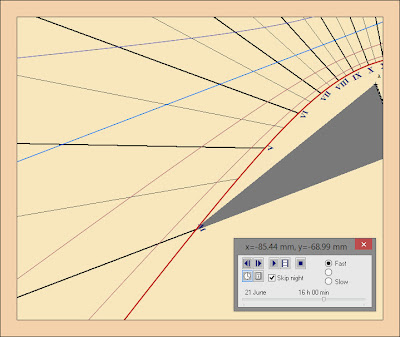



Meridiana III
Location: Carrù (location)
Orientation: East.
Notes: We were visiting someone in this building. Nearby is the famous “Bue Grasso di Carrú” sculpture. Italian hours (hours since last sunset) are shown.
Left: Sundial in Carrù, Italy; Right: Annotated sundial.


Meridiana IV
Location: Ceva (location)
Orientation: Faces south by southwest.
Notes: On the left side of the window, local time is shown. On the right side of the windows, it looks like Italian hours.
Sundial in Ceva, Italy

Meridiana V
Location: Frabosa Sottana (location)
Orientation: SoutheastSaying: Orariera? solare di Frabosa / Probus invidet nemini [Frabosa sundia / The righteous man envies no man?]
Notes: Date taken 5/23/13 at 8:17 am (local time). The gnomon shadow is near 7, so the dial doesn’t account of daylight savings time. Because the shadow is below the equinox line, we are in summer.
Sundial in Frabosa Sottana

Meridiana VI
Location: Mondovì Breo (lower), Vicolo del Teatro
Orientation: South by southwest.
Saying: Je me suis abillé d’ombre pour defiler dans le temps [I dress as shadow to parade through time?]
Notes: French hours.
Sundial in Mondovì Breo

Meridiana VII
Location: Villanova Mondovì
Orientation: Uncertain, but approximately south-facing.
Saying: Senza sole nulla son Io [Without the sun I have nothing]
Notes: This sundial shows daylight savings time in Arabic numbers and non-daylight savings time in Roman numerals. This photo was taken: 5/26/13 at 8:31 am (local time). On this date, Italy would be on daylight savings time (“spring” ahead) so we read the Arabic numbers and we see we are between 8 and 9 am.
Sundial in Villanova Mondovì

Meridiana VIII
Location: Villanova Mondovì (location)
Orientation: West
Saying: El Me’ Travaij o L’è col…ed fete passe’ el temp [In Piemontese… a saying about work and the passing of time?
]Notes: Villanova Mondovì, Coordinates 44.3500° N, 7.7667° E. This dial shows equal hours.
The three images of the simulated sundial are from the program Shadows Pro. To create these images, I created a vertical sundial at the coordinates above, facing west. The red line is summer solstice and the blue line is winter solstice declination line.
Sundial in Villanova Mondovì

Shadows Pro-Created Images of the Sundial in Briaglia.
From left to right:
Image 1: The sundial simulated on January 1st, shadow on the winter solstice line.
Image 2: The sundial simulated on March 23rd, shadow on the equinox line.
Image 3: The sundial simulated on June 21st, shadow on the summer solstice line.



Meridiana IX
Location: Villanova Mondovì
Orientation: n/a
Saying: A va gia ben se pij doiure d sol’la seira…altro che marchè l’ore
Notes: Not a sundial, but a play on them.
A riff on sundials in Villanova Mondovì

Meridiana X
Location: Saluzzo (near Piazza Castello)Orientation: South by South East
Sundial in Saluzzo, Italy

Meridiana XI - XIII
Location: Outside of La Morra (just south)
Sundials near La Morra, Italy
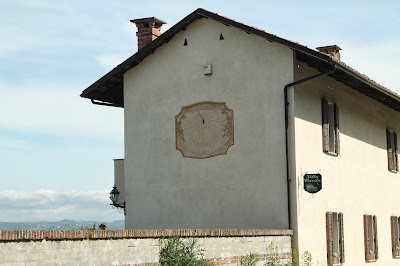


Meridiana XIV, XV
Location: Fossano, Castello degli Acaia (location)
Orientation: Meridiana XIV faces Northeast; Meridiana XV faces South by Southeast. Meridiana XIV is similar to Meridiana III (Carrù), showing Italian hours.
Sundials on the Castello degli Acaia, Fossano, Italy. Left: Meridiana XIV; Right: Meridiana XV 
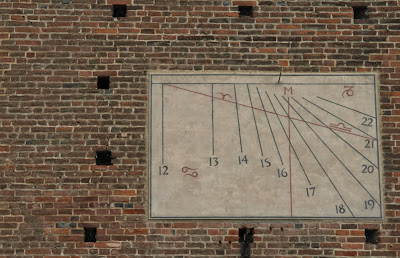
Meridiana XVI
Location: Fossano, Viale Mellano (location)
Orientation: South
Saying: Silenter loquor / Ora vera locale / Pur d’alzar l’alma a quel celeste regno è il mio consiglio, e di spronare di core; erché [il] camin è lungo e [i]l tempo è corto [Silently I speak / True local time / To lift the soul into celestial kingdom my advice is to spur on your heart because the road is long and time is short?]
Sundial in Fossano, Italy

Meridiana XVII, XVIII
Location: Cherasco (location)
Orientation: South
Saying: Je dis a tous, meme si je ne les connais pas [I tell to all, even though I do not know?]
Notes: Photo taken 5/27/13 at 4:49 pm (local time). The top sundial reads about 3:30 pm, off because of daylight savings time. The top sundial is equal hours. The bottom sundial contains equal hours and Babylonian hours (slanted down to the right).
Sundial in Cherasco, Italy


Meridiana XIX, XX
Location: Cherasco (location)
Orientation: South
Notes: The sundial contains equal hours and Babylonian hours (slanted down to the right).
Sundial in Cherasco, Italy


Hours Shown in the Sundials Here
French Hours(Ore Francesi) which was an early name for the equal hour system with two 12 hours days that began at midday and midnight.
Italian or Italic Hours (Ore Italiche) – the number of hours elapsed since the most recent sunset (hour 0) with 24 equal hours per day. Also referred to as an Hours Before Sunset Sundial.
Babylonian Hours – the number of elapsed since the most recent sunrise (hour 0) with 23 equal hours per day.
Unequal Hours or Biblical – 12 hours between sunrise an sunset, or during the night between sunset and the following sunrise. The duration of the hours can vary between 40 to 80 minutes during the year.













